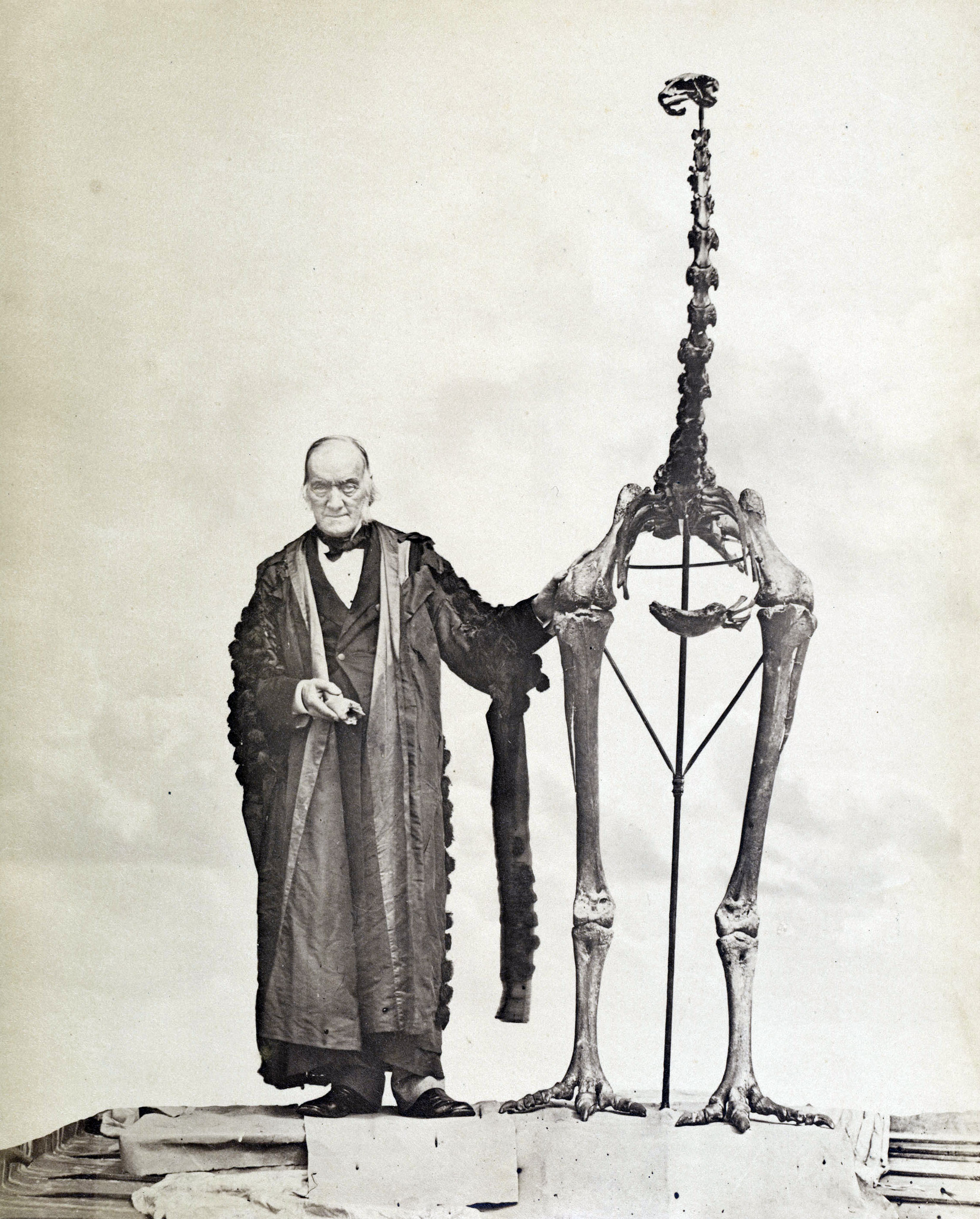Hi I am planning to write a story something along the line of BBC's Prehistoric Park. Except for one thing, the stars of the "zoo" are animals that we have hunted to extinction.
I am making a list of species that we should bring back to the present. The Dodo and the Tasmanian Wolf are among them.
Since this is a "science" fiction forum I feel that this place would suit such a topic, I do not have much knowledge on how zoos operate or how some of the animals in really can be kept in zoos in the first place without them escaping. Amongst such questions are"
I got an Eagle who has a wingspan of over 3 metres, how am I going to make sure she doesn't fly over her enclosure and attack the moa's enclosure nearby.
I even saved Megalania, the giant goanna from Australia, but can it survive on goats? I got a population of deer and goat for the carnivore's enclosure.
I am making a list of species that we should bring back to the present. The Dodo and the Tasmanian Wolf are among them.
Since this is a "science" fiction forum I feel that this place would suit such a topic, I do not have much knowledge on how zoos operate or how some of the animals in really can be kept in zoos in the first place without them escaping. Amongst such questions are"
I got an Eagle who has a wingspan of over 3 metres, how am I going to make sure she doesn't fly over her enclosure and attack the moa's enclosure nearby.
I even saved Megalania, the giant goanna from Australia, but can it survive on goats? I got a population of deer and goat for the carnivore's enclosure.



